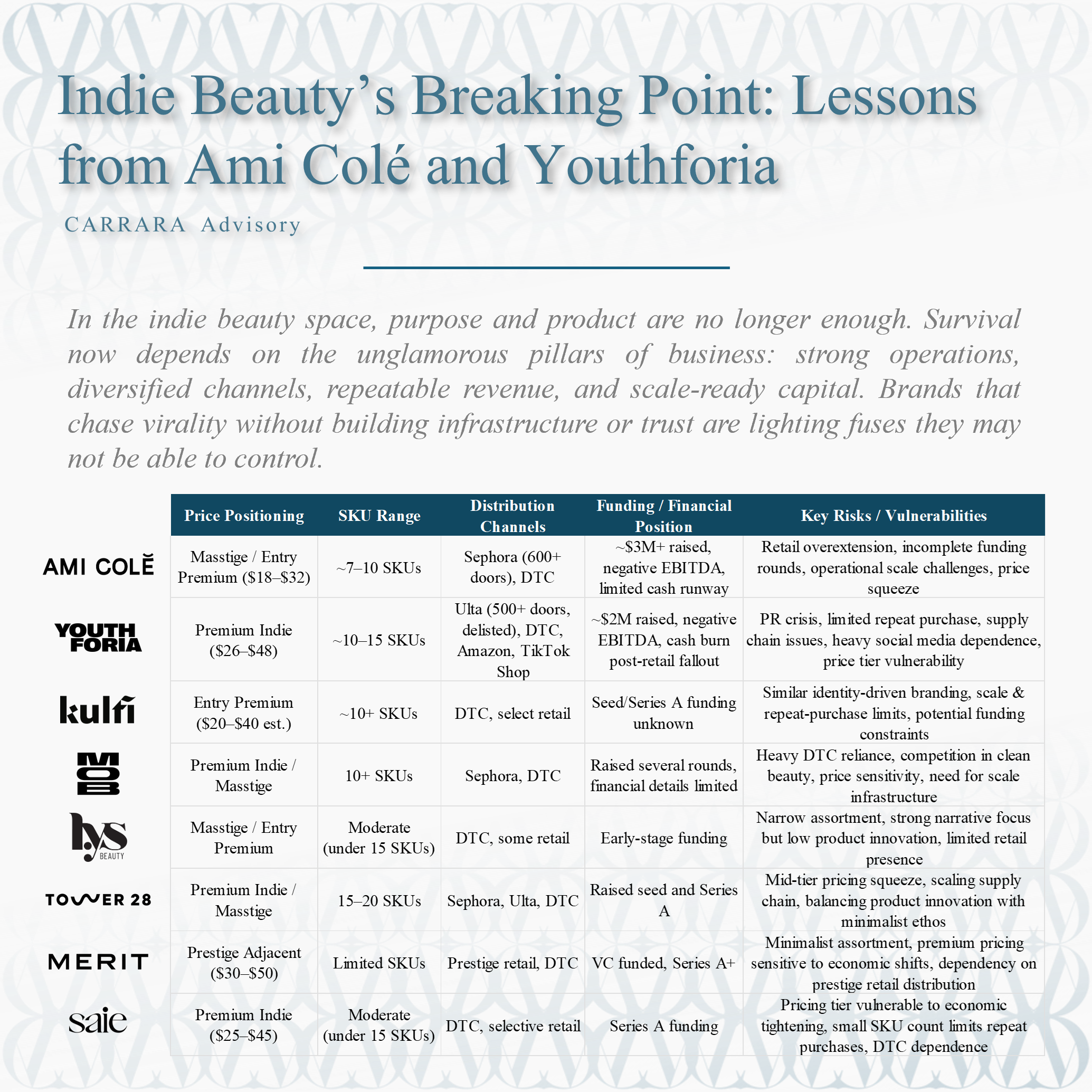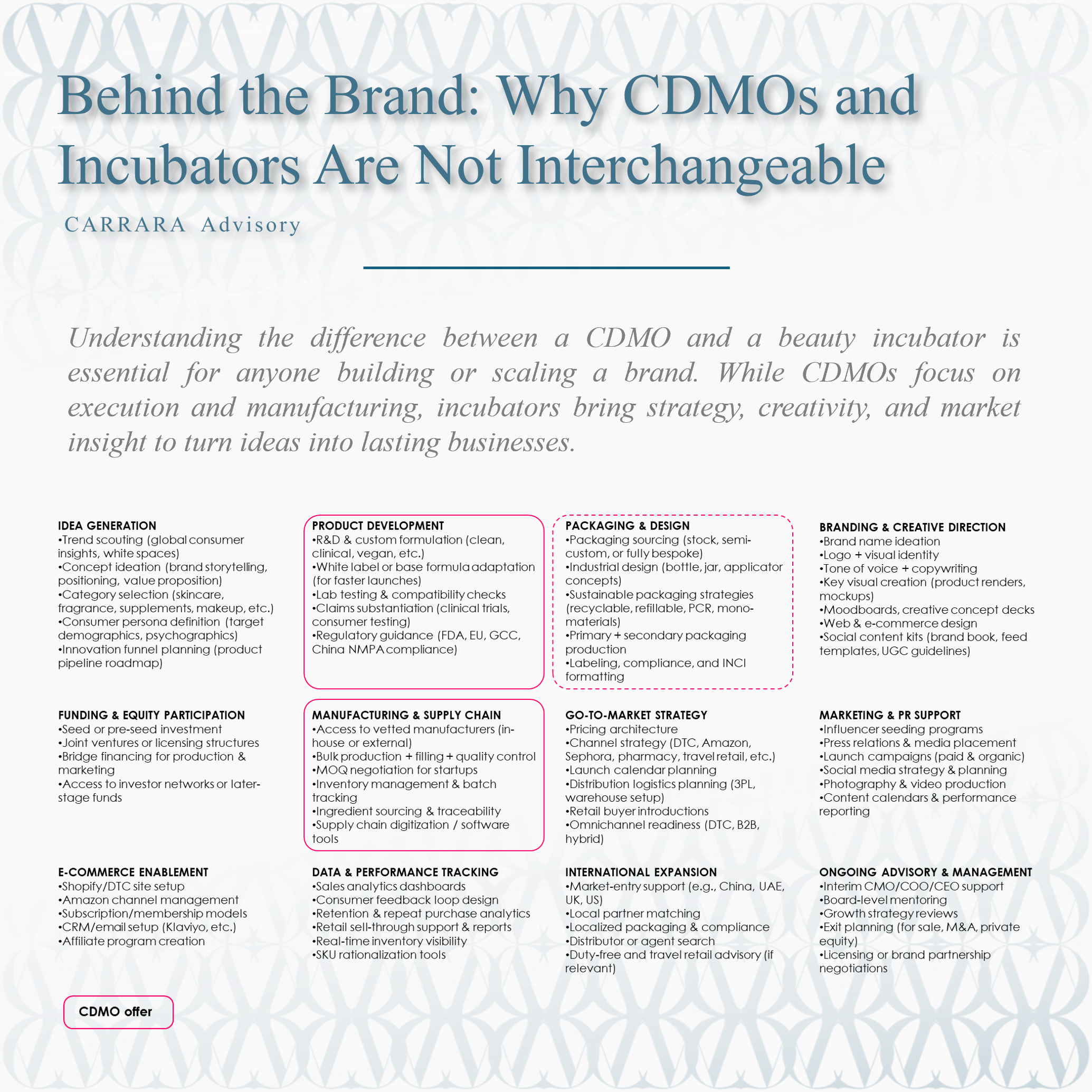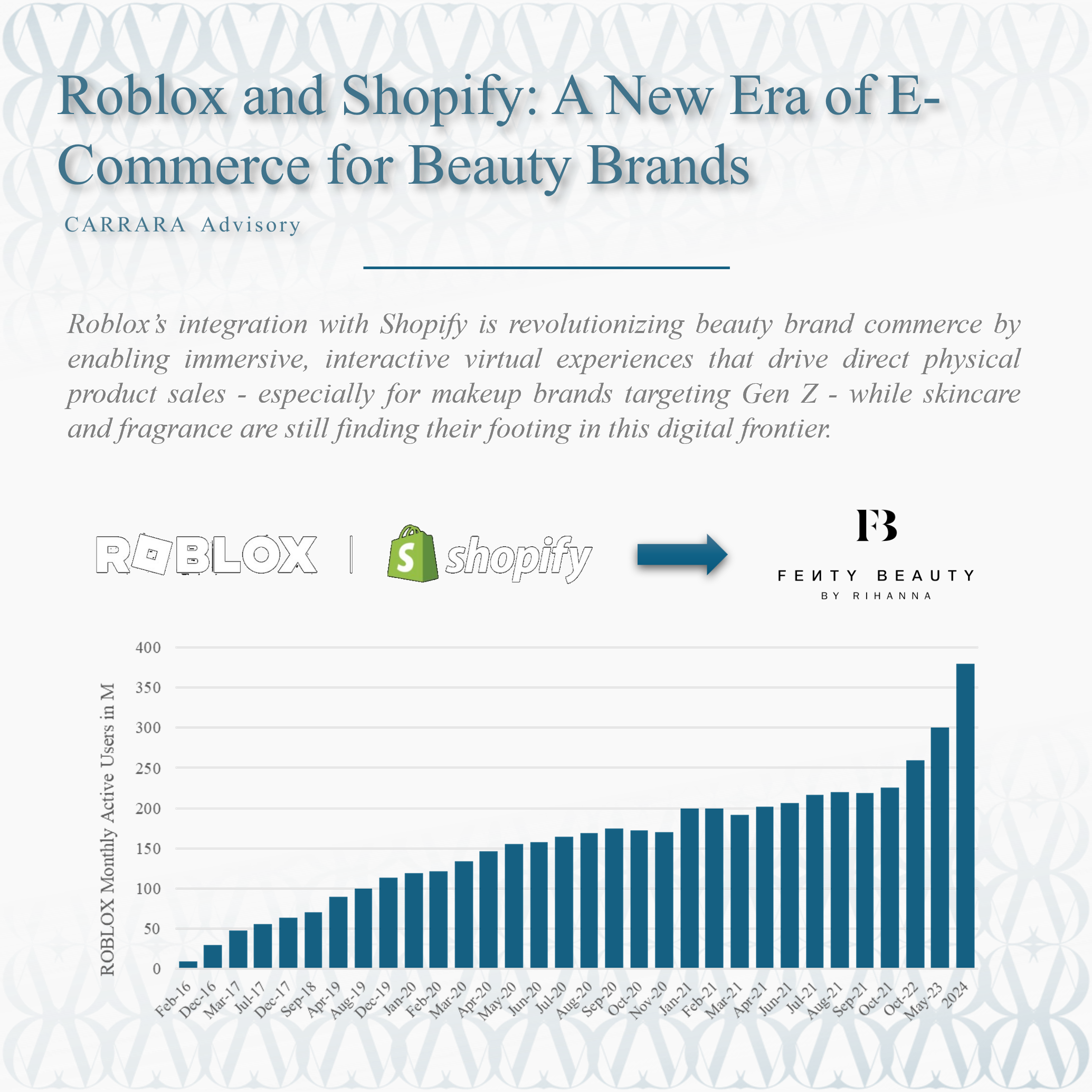
Intercos: The Unseen Force Powering the World’s Biggest Beauty Brands
Intercos doesn’t sell to consumers, yet it shapes what millions apply daily. With strategic acquisitions, a “glocal” footprint, and a laser focus on R&D, Intercos has gone from Milan startup to global force powering most of the world’s top 30 beauty brands and hitting €1B+ revenues despite major disruptions.

Indie Beauty’s Breaking Point: Lessons from Ami Colé and Youthforia
In the indie beauty space, purpose and product are no longer enough. Survival now depends on the unglamorous pillars of business: strong operations, diversified channels, repeatable revenue, and scale-ready capital. Brands that chase virality without building infrastructure or trust are lighting fuses they may not be able to control.

Behind the Brand: Why CDMOs and Incubators Are Not Interchangeable
Understanding the difference between a CDMO and a beauty incubator is essential for anyone building or scaling a brand. While CDMOs focus on execution and manufacturing, incubators bring strategy, creativity, and market insight to turn ideas into lasting businesses.

Roblox and Shopify: A New Era of E-Commerce for Beauty Brands
Roblox’s integration with Shopify is revolutionizing beauty brand commerce by enabling immersive, interactive virtual experiences that drive direct physical product sales - especially for makeup brands targeting Gen Z - while skincare and fragrance are still finding their footing in this digital frontier.

How Much It Really Costs to Launch a Beauty Brand
Launching a successful beauty brand to $5M in revenue within two years requires an investment of $3M to $8M, depending on the category (skincare, makeup, or fragrance) and key factors like brand positioning, formulation complexity, marketing strategy, and distribution model.

The Brand Positioning Divide. Store Counts vs Revenues.
In the fashion and luxury industry, there’s a clear divide between high-end luxury brands and more accessible ones when it comes to store count and revenue. High-end brands show a steep, exponential growth curve, with revenue skyrocketing as the number of stores increases. In contrast, accessible brands exhibit a more linear growth, with a smaller slope. This analysis considers over 100 fashion and luxury brands.

How Business Models Shape Makeup Brand Profitability
Makeup brands exhibit similar gross profit margins, but profitability varies significantly at the operating and net income levels due to differences in business models. Brands can be categorized into three clusters (scaled efficiency champions, niche luxury innovators, and celebrity-driven disruptors) each balancing product complexity, cost efficiency, and consumer engagement to shape their financial success.

European Beauty Retailers: A Deep Dive into Market Dynamics
How do Europe’s top beauty retailers balance store count and profitability? While giants like DM and Rossmann scale through extensive networks, smaller players such as Notino and Sephora excel with targeted strategies, showcasing the growing importance of e-commerce, sustainability, and experiential retail in driving store productivity.

Global Beauty Giants Navigate China’s Transforming Consumer Landscape
China’s beauty market, once a global growth powerhouse, is now presenting unprecedented challenges for the industry. Economic uncertainty and evolving consumer preferences have slowed demand, leaving even the biggest brands grappling with soft performances. Leading beauty companies are reimagining their approaches—focusing on localized innovations, strengthening digital engagement, and emphasizing sustainability to stay competitive.

From Design to Price: How Watch Brands Shape Their Value
The pricing strategies of luxury watch brands are as intricate as the timepieces themselves. From brands like Rolex and Cartier focusing on incremental growth to the steep price escalations of Lange & Söhne and Jacob & Co., each adopts a unique approach reflecting their design, costs, and positioning.

Beauty’s Resilience: Thriving in a Changing World
The beauty industry continues to thrive, projected to nearly double in size over the next decade, driven by innovation, wellness trends, and digital transformation. While categories like skincare, haircare, and nutri-beauty show strong growth, global challenges such as China's luxury slowdown and geopolitical tensions may temper progress. The key to sustained success lies in balancing innovation with adaptability to evolving market dynamics.

Cash is King, but it Doesn't Rule Alone!
Cash is crucial for the smooth operation of a business. However, cash alone provides limited insight into a company's overall financial health.

Price Strategy: Navigating Cost of Living, Global Consumers, and Local Brand Appeal
Crafting a global price strategy involves balancing the interplay between local cost of living adjustments, the expectations of informed global consumers, and the desirability of local brands to create a competitive and appealing pricing structure.

Beauty Industry Price Trends: Are We Finally Seeing a Slowdown?
After a period of continuous price hikes, there’s a hint that price increases in the beauty industry may be stabilizing. This may be a turning point where value, innovation, and consumer-centricity lead the way in the beauty industry.

Hermès’s Diversification Dilemma: Can Luxury’s Crown Jewel Keep Growing?
Hermès’s reliance on a couple of categories and geographies raises questions about the brand’s long-term growth. With economic uncertainty in Asia and a potential plateau in other key regions, Hermès’s strategy to sustain its high growth rate faces increasing pressure.

Estée Lauder's Hidden Strengths: Is a Turnaround on the Horizon?
Estée Lauder’s struggles have dominated headlines, but are investors overlooking positive momentum? With key performance indicators improving, the company might be poised for a stronger recovery than expected.

Skin Health Positioning Wars: Eco-Friendly Push vs. Clinical Dominance
Kenvue's Neutrogena is embracing sustainability and targeting Gen Z with innovations like the Collagen Bank line, while also enhancing dermatologist partnerships to reclaim trust. Meanwhile, L’Oréal's CeraVe continues to lead in dermatologist endorsements, focusing on science-backed skincare that drives global consumer loyalty.

The Reality of Tariffs: Challenges Beyond the Principle
While tariffs can help balance trade, their impact is limited by factors like volatility and the challenges of scaling up local production. Proper execution and consideration of long-term resources are crucial for tariffs to have a meaningful effect.

Navigating Change: Agility is the Competitive Edge for Beauty Brands in 2024
In a landscape shaped by inflationary pressures and regional shifts, beauty companies are finding new growth paths. Brands like Puig and Interparfums stand out with double-digit growth, thanks to their agility and strategic resource allocation, while others grapple with adapting to evolving consumer demands.